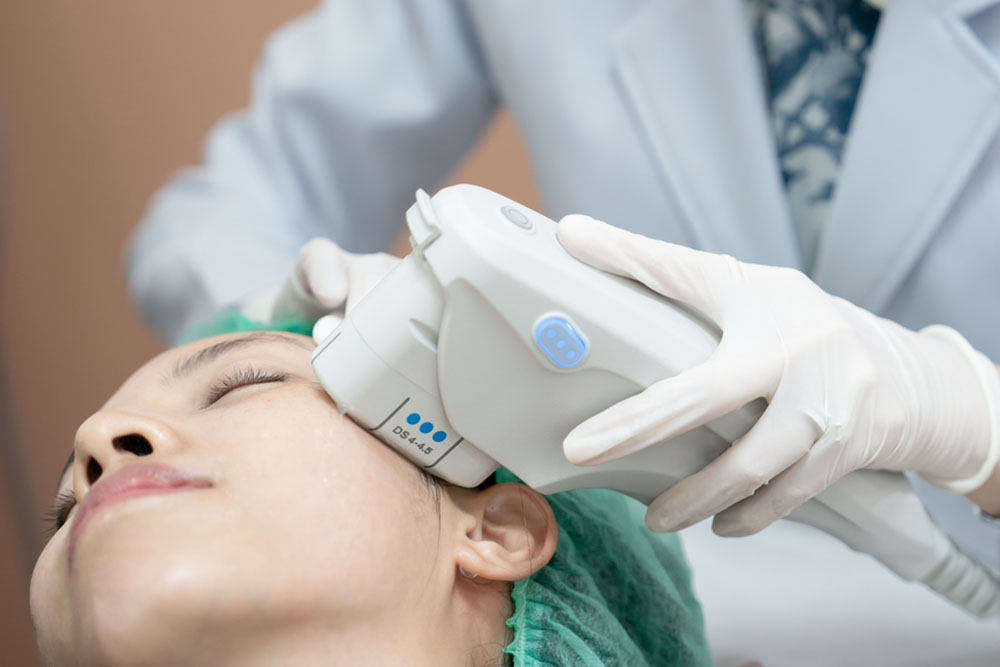The 21st Century Cures Act signed into law late last year (2016) by outgoing President Barack Obama will have a significant impact on medical research in both the long and short terms. One area, in particular, stands to benefit from provisions of the legislation that should streamline the approval process for new therapies. That area is stem cell therapy.
Stem cell therapy has been utilized for bone marrow transplants without issue for decades. But few other viable stem cell therapies have been developed over the years because of the agonizingly slow and unreliable approval process. It can take years and millions of dollars to get a treatment approved by the FDA before it can be offered to the public. The Cures Act aims to change that.
As a result, those involved in stem cell therapies should benefit directly. Doctors will have more opportunities to undergo stem cell training, researchers will have more opportunities to develop new therapies, and biotech companies will have to risk less on research and development.
-
The Potential of Stem Cell Therapy
Beyond bone marrow transplants, stem cell therapy does have some viable treatment applications in use today. For example, doctors around the country have begun using stem cell therapy to treat chronic pain as a result of tissue breakdown. Others are treating athletes suffering from injuries with stem cell therapies that promote natural healing and get them back into the game more quickly.
The hope is that research and development will be accelerated thanks to a streamlined approval process that will ostensibly get effective stem cell therapies to market more quickly. Should that actually come to fruition, the medical community will obviously need more doctors trained in the proper use of stem cell therapies.
In light of this, it should be no surprise that stem cell training is picking up. Salt Lake City-based ApexBiologix.com is just one company offering stem cell training to a growing number of doctors looking to expand their practices. The company has already helped more than 200 clinics get up and running with both stem cell and platelet rich plasma (PRP) therapies.
-
What the Cures Act Will Do
Any piece of legislation having to do with medical research and funding is subject to provisions that are not necessarily good for anyone other than government and special interests. The Cures Act is no exception. But the good of this legislation outweighs the bad. The mere fact that it creates an environment for streamlined FDA approval is evidence of that.
A number of provisions within the legislation will make it possible for the FDA to look at larger streams of data when attempting to determine the efficacy and safety of a given medical procedure. Where stem cell research is concerned, the legislation will reduce the need to undertake extensive animal and laboratory testing in exchange for greater human testing prior to approval. This is not unreasonable for stem cell therapy given the fact that patients are treated with stem cells they donate themselves.
The result of streamlined FDA approval should be a greater attention among researchers and biotech companies toward developing stem cell therapies. As such, the broader category of regenerative medicine should benefit greatly. We already know that regenerative medicine is one of the most exciting areas of medicine being research today, and the Cures Act should help push it to the next level.
Thanks to the Cures Act, more doctors are likely to undergo stem cell training so that they can offer regenerative medicine to their patients. There’s certainly nothing wrong with that, right?



